Orifice, combined with differential pressure transmitter, is the most used flow measurement device in oil & gas plants because of its low cost and its ease of installation and maintenance.
Flowmeter Rangeability
However, the orifice only allows 3:1 rangeability to maintain accuracy. This means, if one wants to measure a maximum flow of 10 MMscfd, then the minimum flow measurement that could be measured is only 3.3 MMscfd.
According to the Bernoulli principle, the relationship between the flow and pressure drop of fluid passing through an orifice is given by the following formulae:
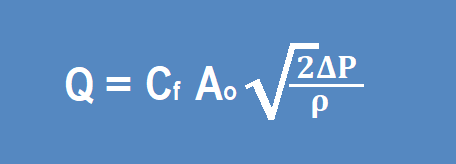
Q = Volumetric flowrate
dP = Measured pressure drop ρ = Density
Ao = Cross-sectional orifice area
Cf = Constant
Hence, flow value could be obtained by measuring pressure drop and the relationship between them is a square root.
Let’s say the orifice is intended for flow measurement of 0-10 MMscfd which is represented by 0-100 inH2O pressure drop (as shown below the curve)
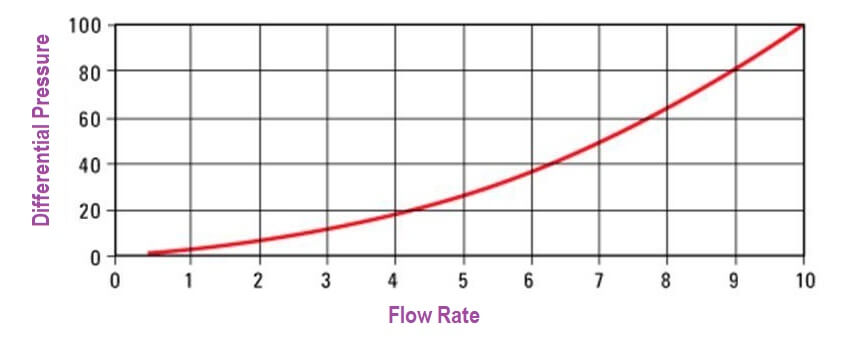
At a maximum flow of 10 MMscfd, a change of 1% of full flow (0.1 MMscfd) to 9.9 MMscfd will be represented by a change of 2% of DP (from 100 inH2O to 98.01 in H2O).
The following table summarizes the value of flow, its corresponding pressure drop, and its dP change in percentage of full scale for a 1% change of full flow at the specified flow.
The less flow to be measured, the more sensitivity suffers.
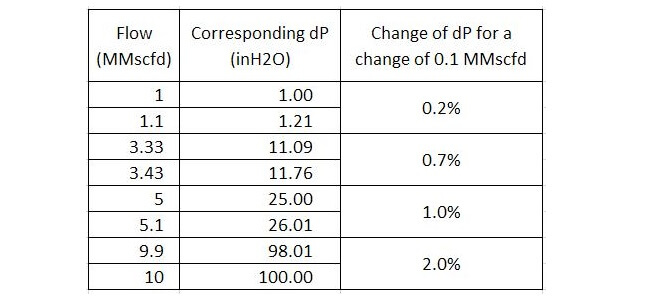
If you liked this article, then please subscribe to our YouTube Channel for Instrumentation, Electrical, PLC, and SCADA video tutorials.
You can also follow us on Facebook and Twitter to receive daily updates.
Read Next:
- Flow Control Loop
- Flow Meter Interview Questions
- What is Square Root Extractor?
- Orifice Plate Flow Requirements
- Flow Meter Calibration Procedure
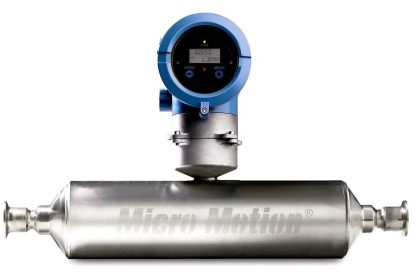
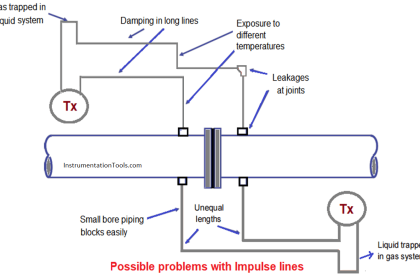
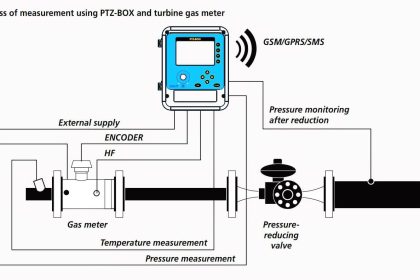
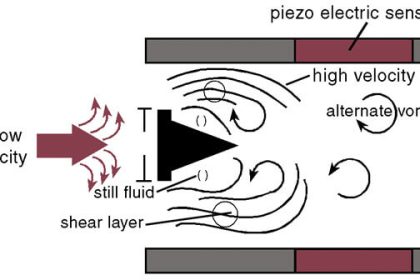
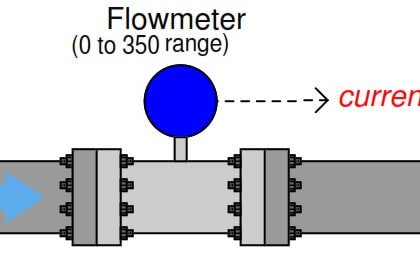
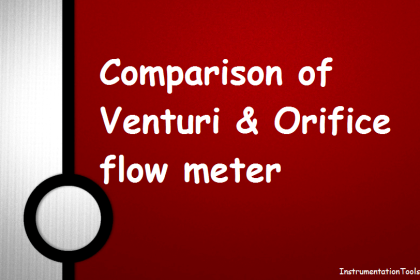
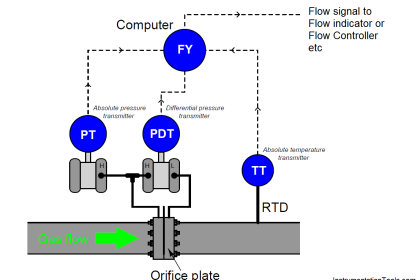
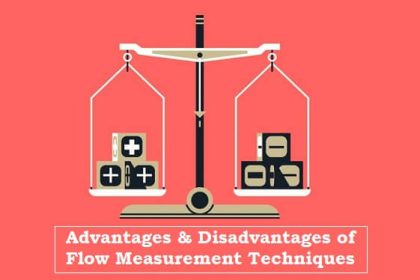

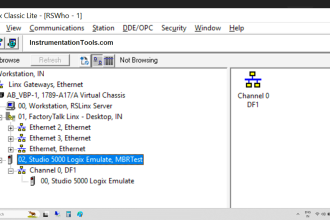
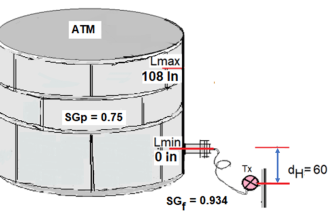




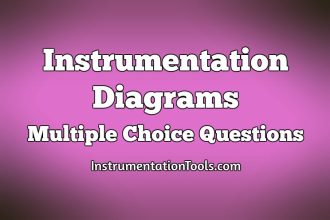

The statement “orifice only allows 3:1 rangeability to maintain accuracy” is not clear. You haven’t explained why you are considering 3:1 rangeability for orifice plate. Also you haven’t explained what is the accuracy for Orifice plate measurement you have considered here.
You may be knowing that using a multivariable transmitter, the rangeability of orifice plate can be increased to 10:1. Without multivariable orifice by changing the transmitter or by changing the orifice plate itself the rangeability of orifice can be increased substantially. In industry we are doing it frequently.